Fire guts 200-year-old National Museum of Brazil in Rio de Janeiro
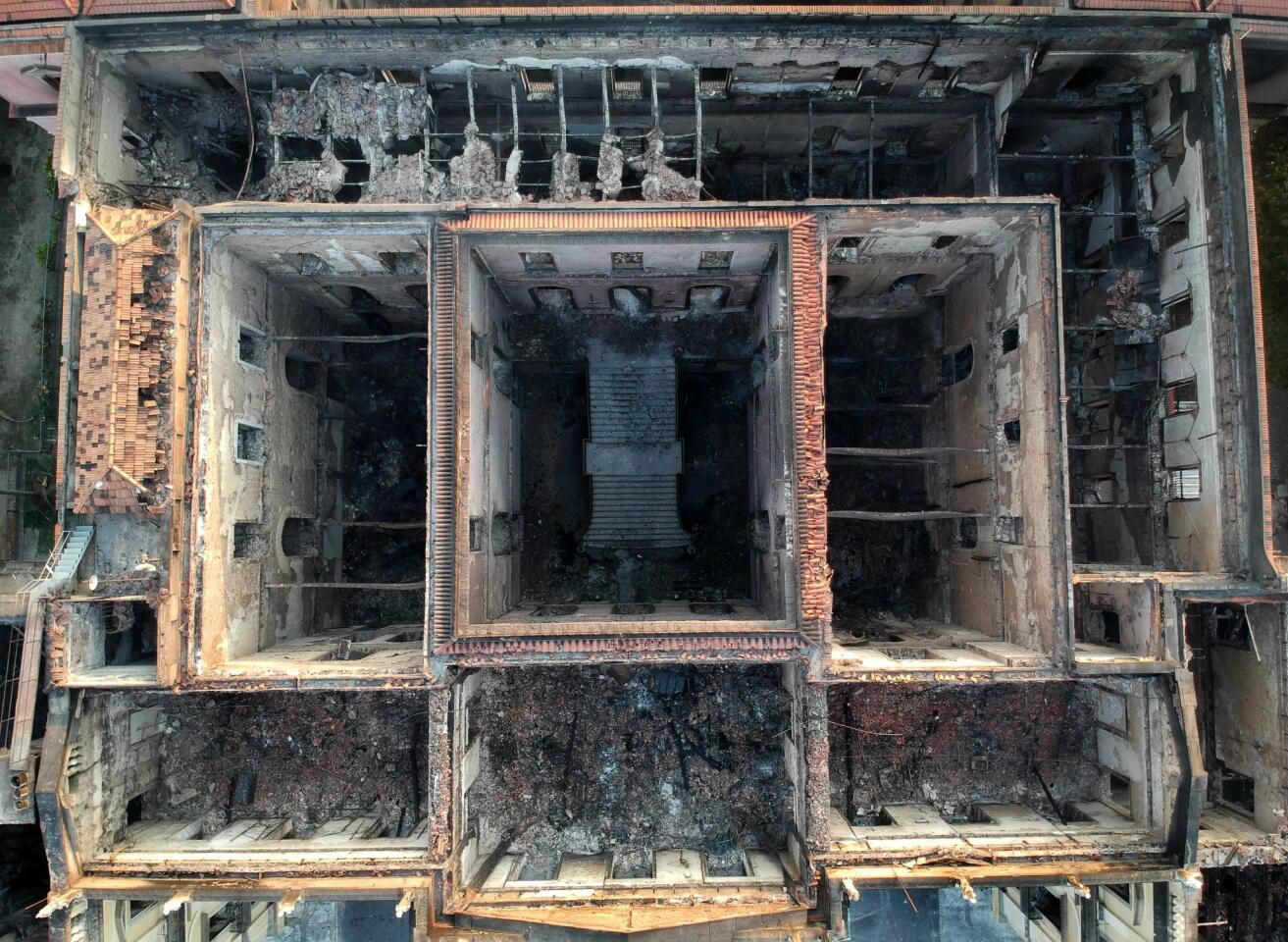
Drone view of Rio de Janeiro’s treasured National Museum, one of Brazil’s oldest, a day after a massive fire ripped through the building.
(Mauro Pimentel / AFP/Getty Images)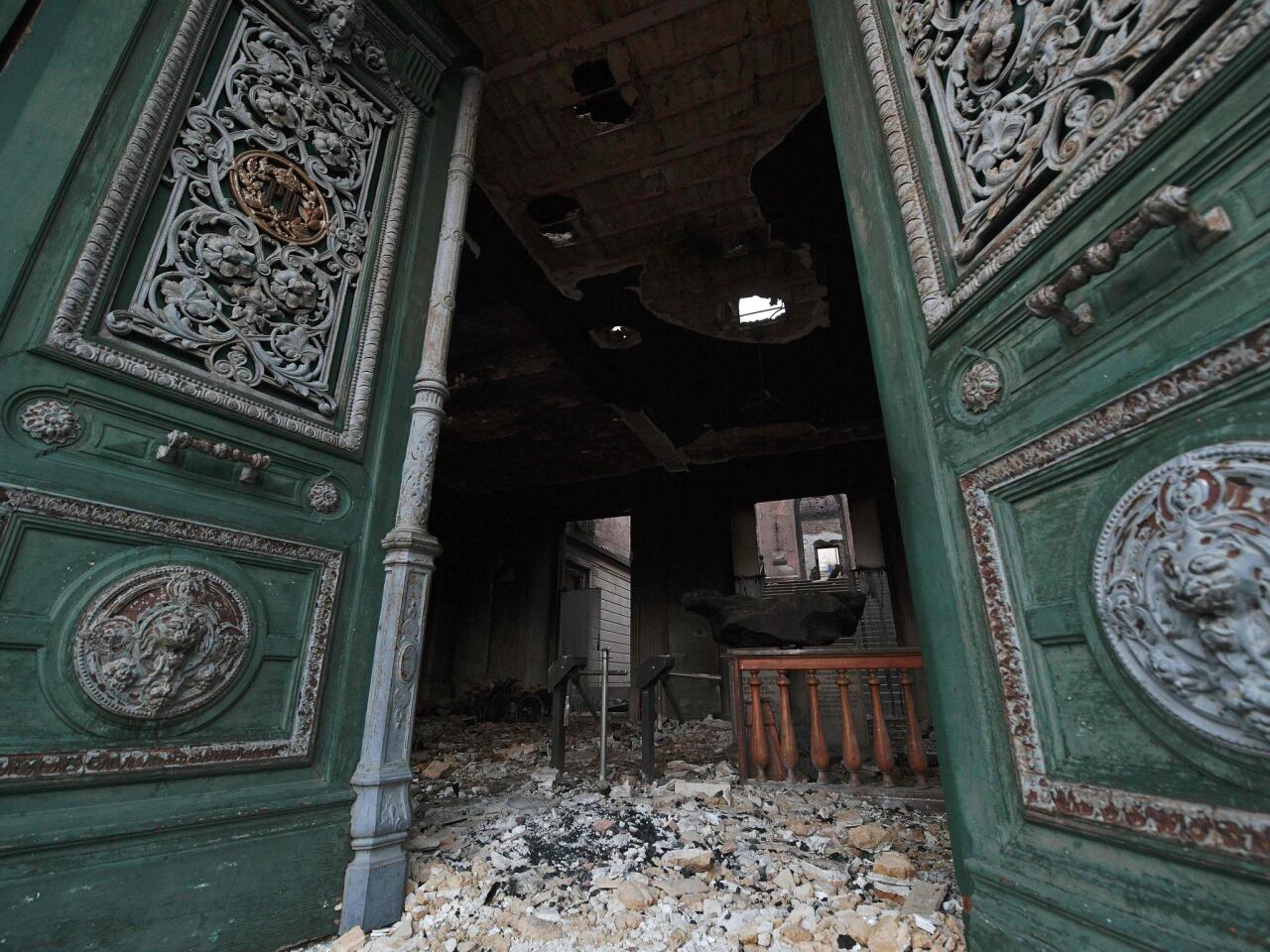
View of the entrance of Rio de Janeiro’s treasured National Museum, one of Brazil’s oldest, a day after a massive fire ripped through the building.
(Carl de Souza / AFP/Getty Images)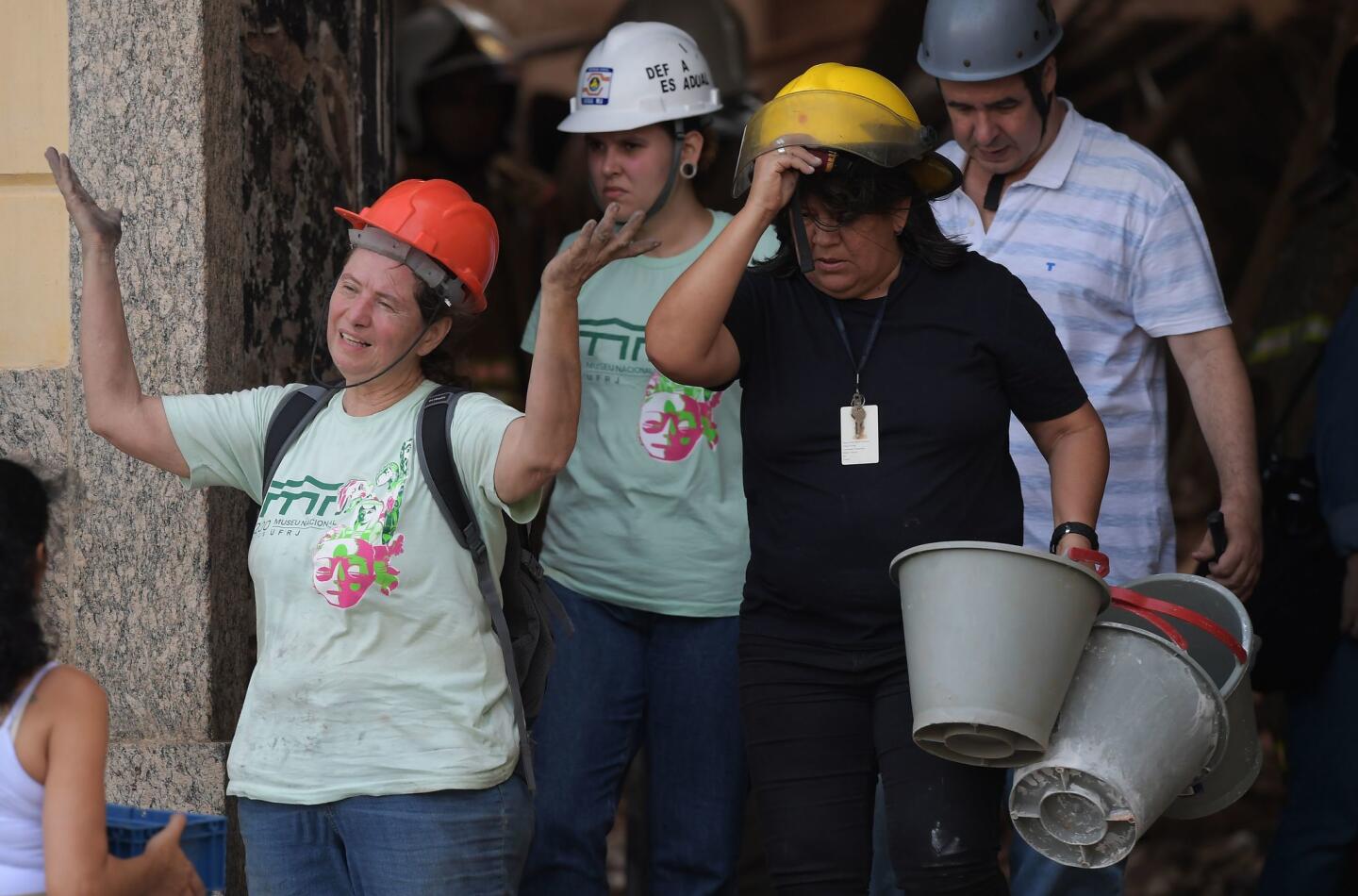
A researcher gestures as they try to salvage artifacts from the debris a day after a massive fire ripped through Rio de Janeiro’s treasured National Museum.
(Carl de Souza / AFP/Getty Images)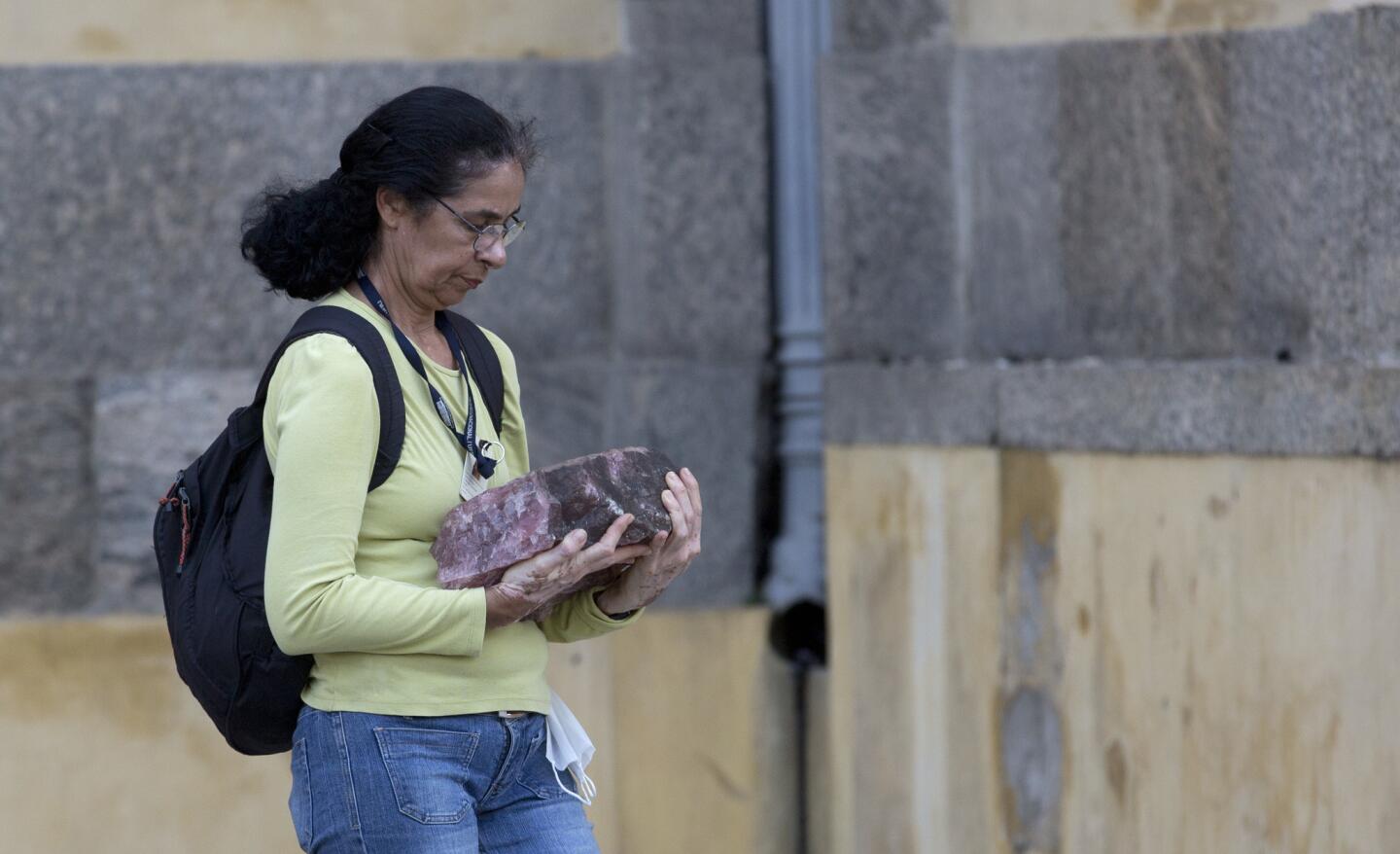
A National Museum worker carries away a piece rescued from the museum after an overnight fire in Rio de Janeiro.
(Silvia Izquierdo / Associated Press)Advertisement
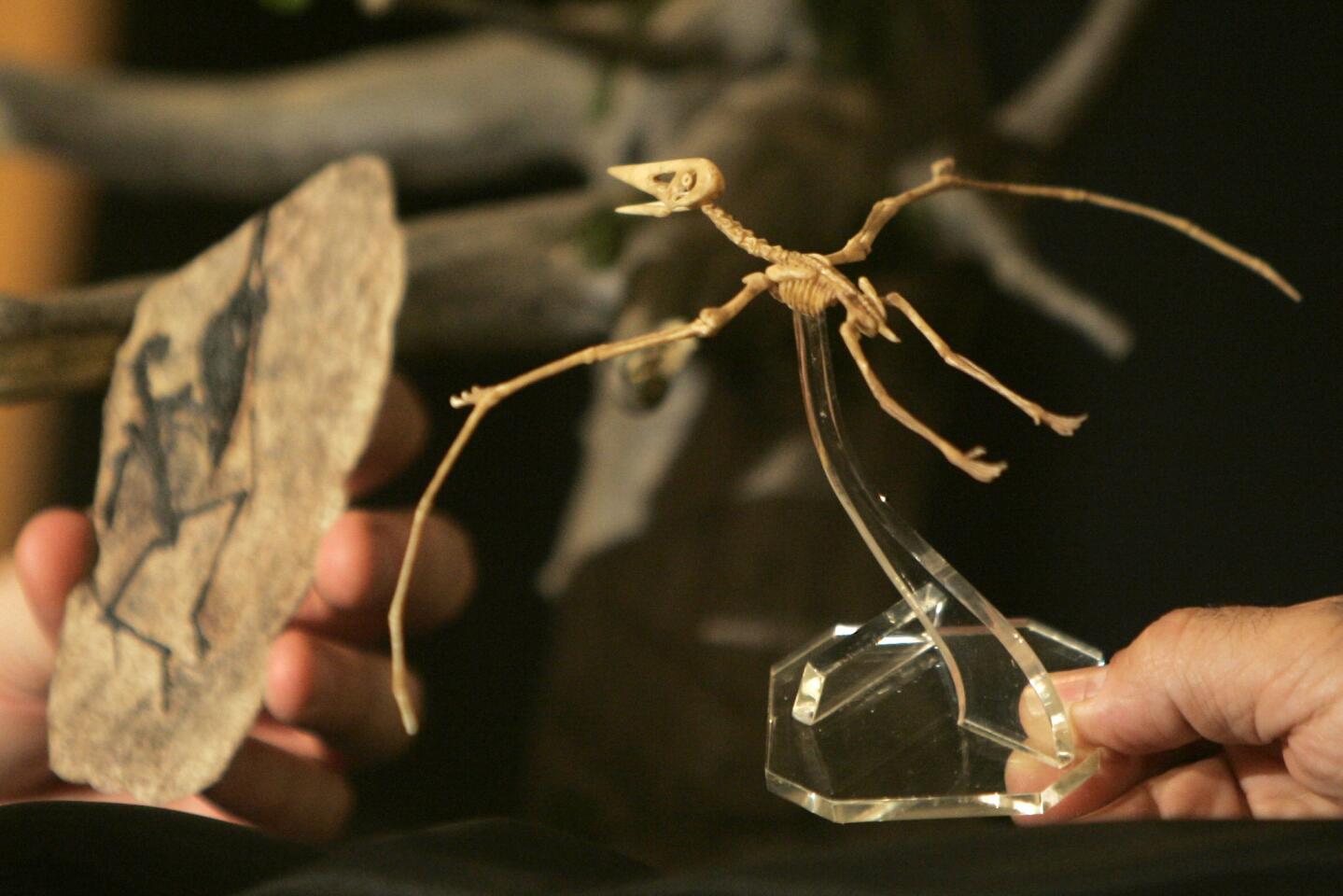
File photo taken in 2008 of palaeontologists showing a model of a flying reptile named Nemicolopterus crypticus at the National Museum in Rio de Janeiro. The toothless flying reptile lived in gingko forests that existed some 120 million years ago in present-day China.
(Silvia Izquierdo / Associated Press)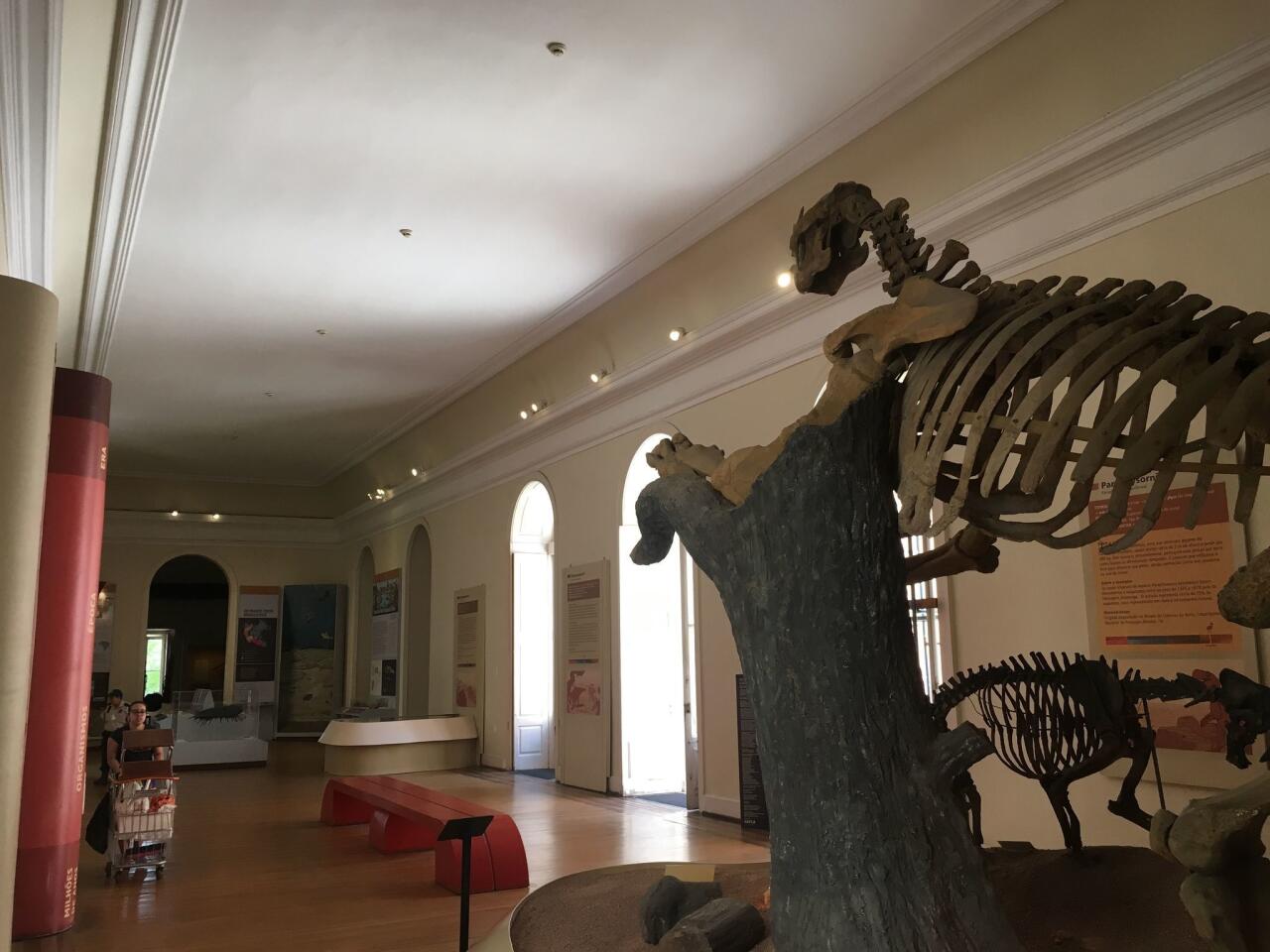
View of pieces on display at the National Museum in Rio de Janeiro on Oct. 9, 2017. A massive fire ripped through Rio de Janeiro’s treasured National Museum, one of Brazil’s oldest, in what the nation’s president said was a “tragic” loss of knowledge and heritage.
(Erwan le Bourdonnec / AFP/Getty Images)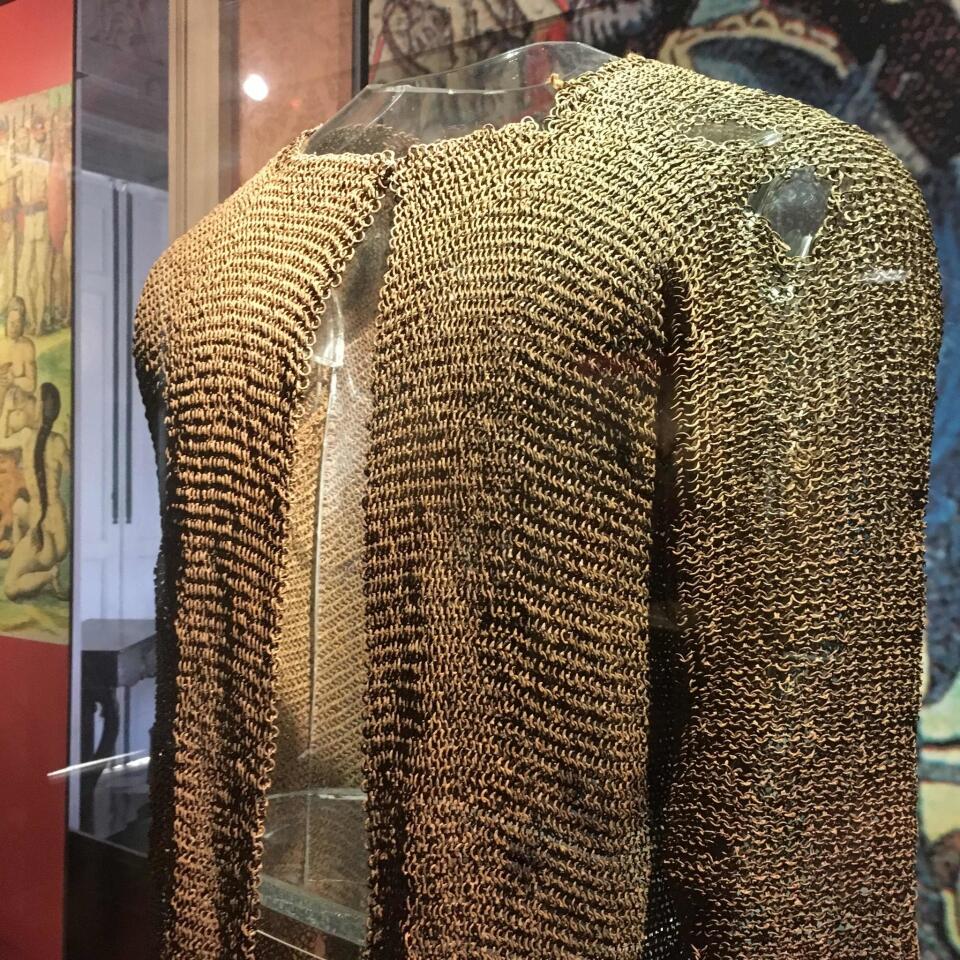
View of a piece on display at the National Museum in Rio de Janeiro on Oct. 9, 2017. A massive fire ripped through Rio de Janeiro’s treasured National Museum, one of Brazil’s oldest, in what the nation’s president said was a “tragic” loss of knowledge and heritage.
(Erwan le Bourdonnec / AFP/Getty Images)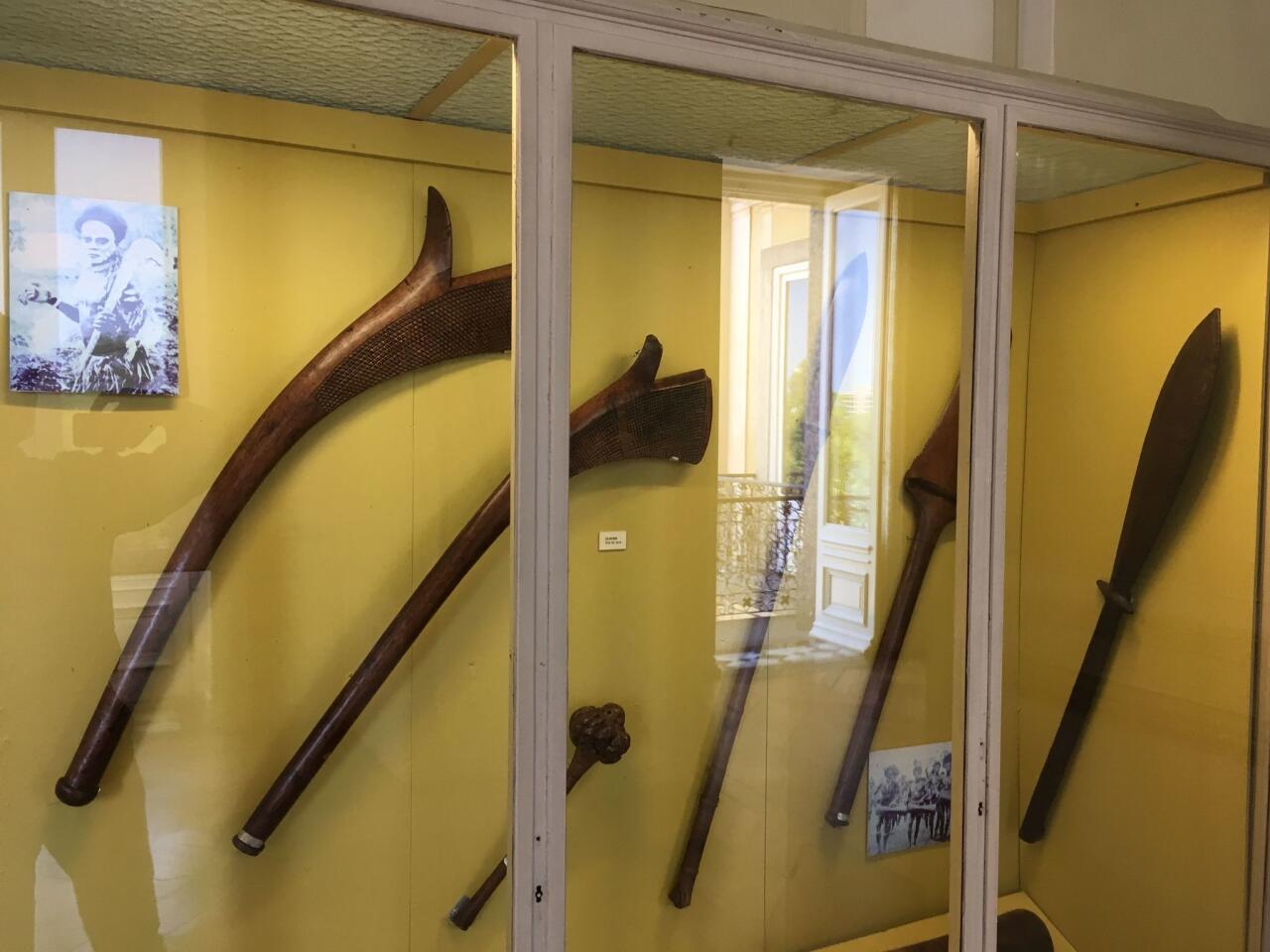
View of pieces on display at the National Museum in Rio de Janeiro on Oct. 9, 2017.
(Erwan le Bourdonnec / AFP/Getty Images)Advertisement
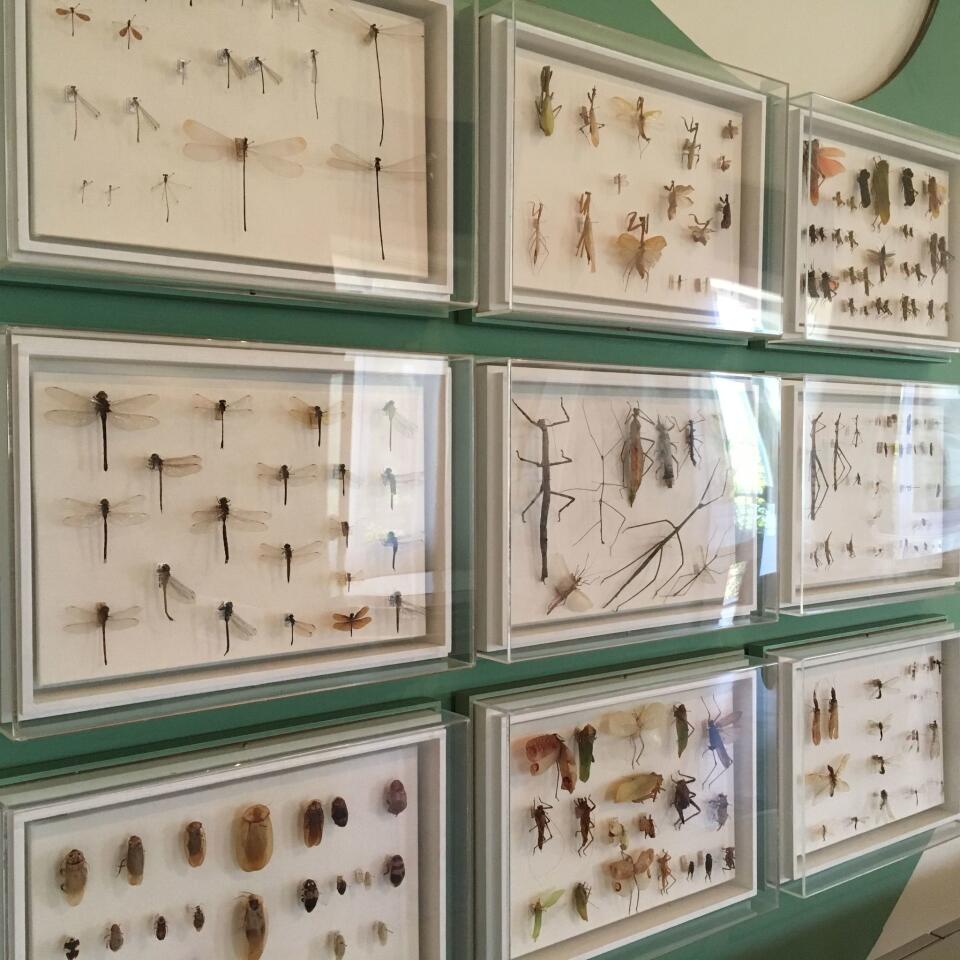
View of pieces on display at the National Museum in Rio de Janeiro on Oct. 9, 2017.
(Erwan le Bourdonnec / AFP/Getty Images)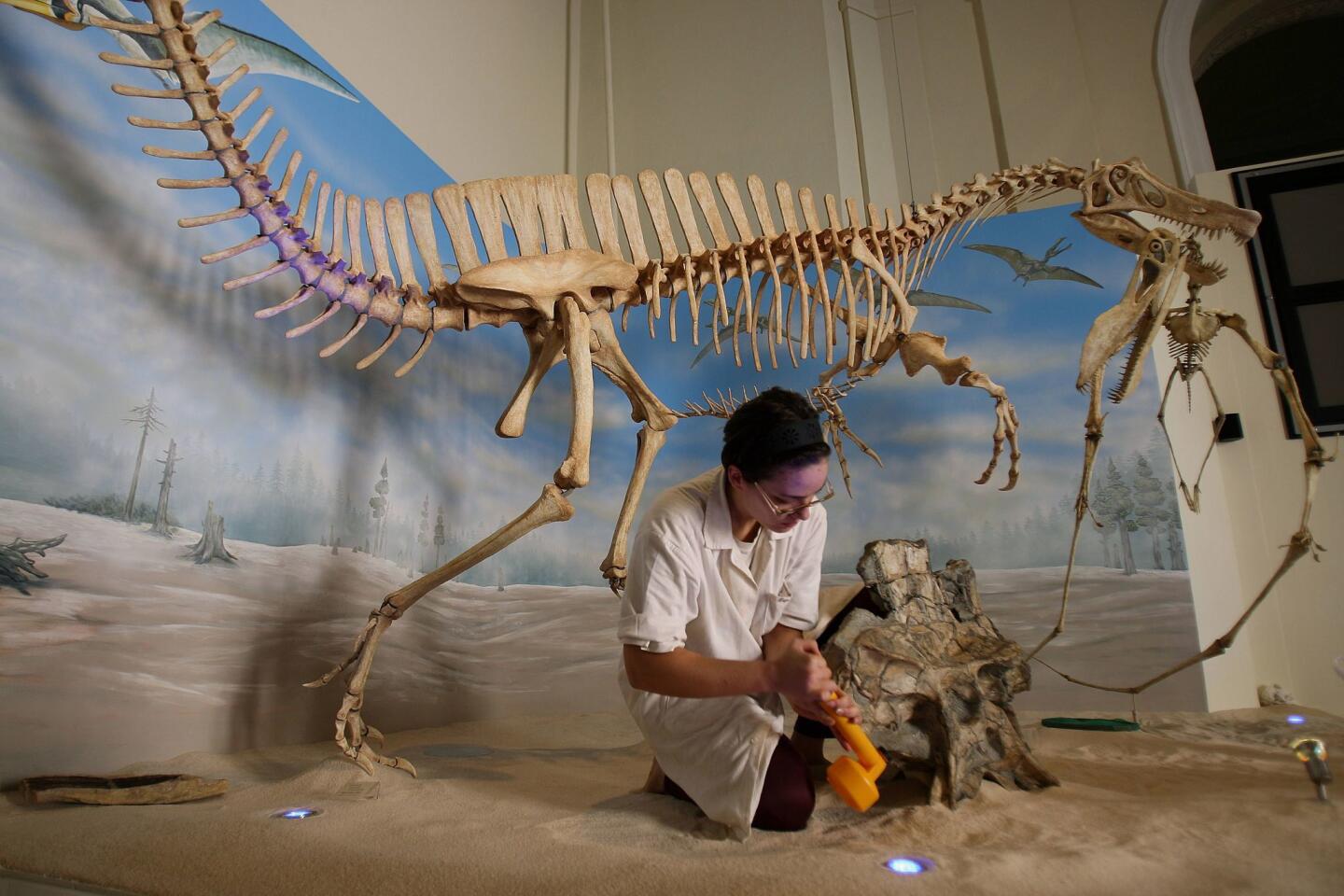
A May 14, 2009, photo of a paleontologist working on the skeleton of an Angaturama limai -a spinosaurus dinosaur- carrying the skeleton of an anhanguerid pterosaur, at the National Museum of History in Rio de Janeiro.
(Vanderlei Almeida / AFP/Getty Images)






